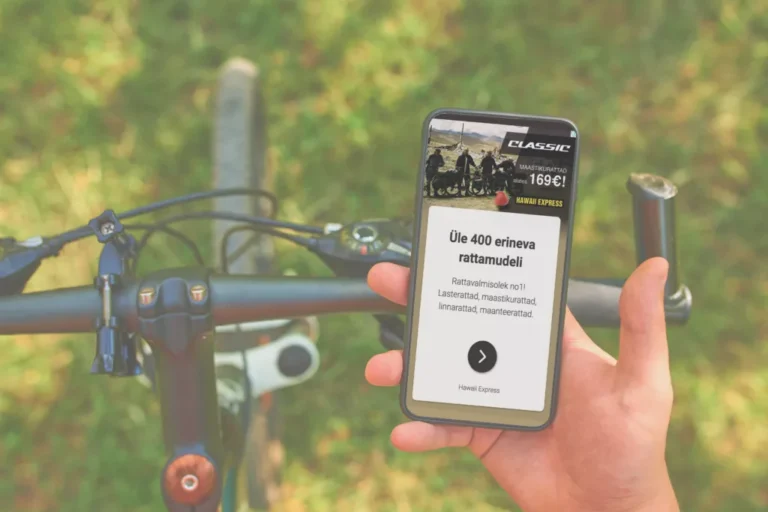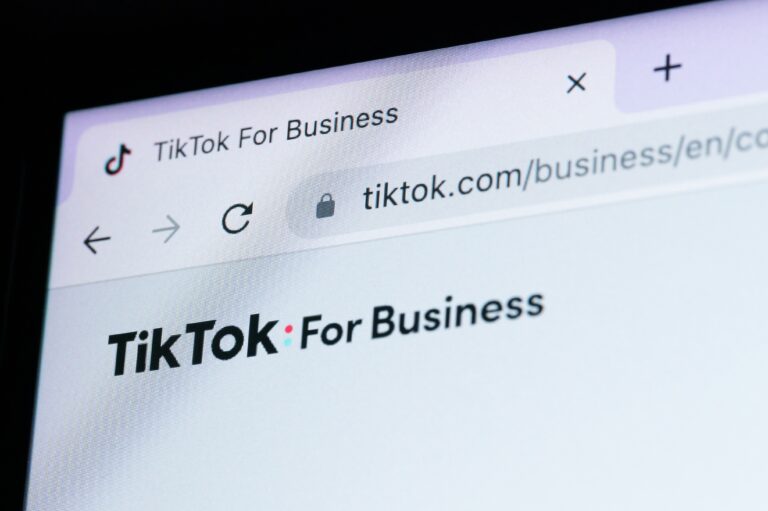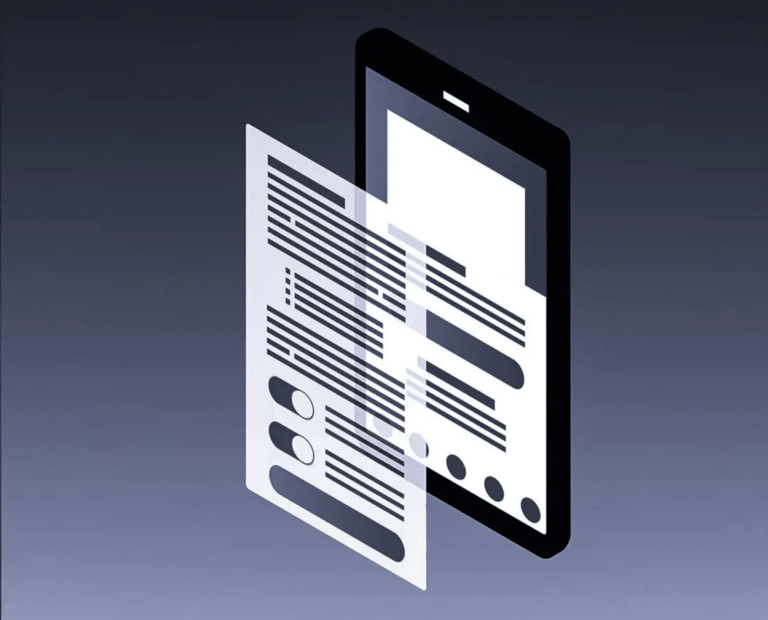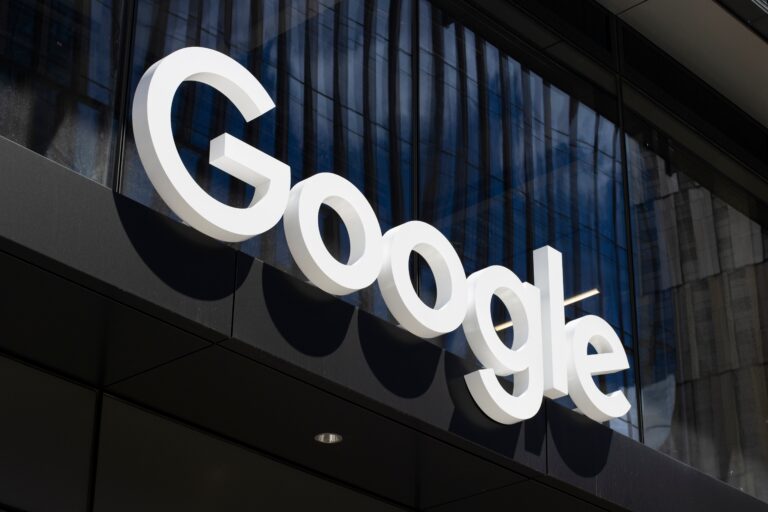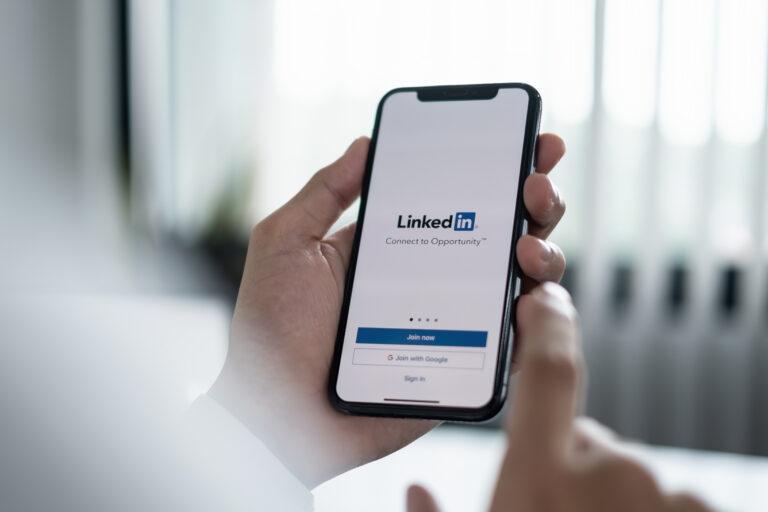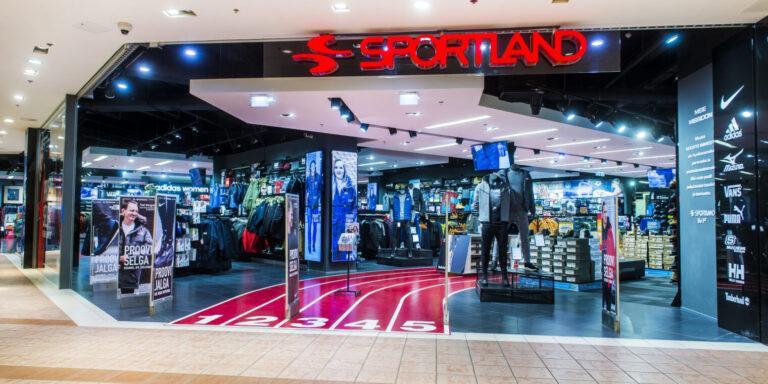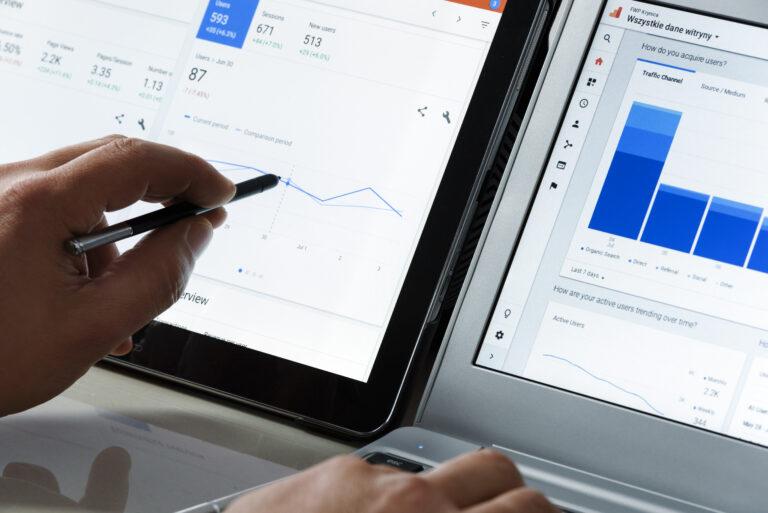Each spring, at the start of the cycling season, Hawaii Express runs a large-scale branding campaign with the aim of reminding bike-lovers and cyclists that the company exists and promoting their range of bicycles. Whereas in previous years our branding campaigns were largely based on HTML5 banners, this year we took a different tack, trying out a dynamic remarketing banner solution that was slightly different in nature. First and foremost, these banners are designed to invite those who have already visited the website to return to it by showing them, as advertisements, products they have already looked at.
Another aim was to boost brand awareness by displaying these same dynamic banners to a wider audience within the Google Display Network. The advantage of responsive layouts compared to ordinary, static .gif or HTML5 layouts is their greater flexibility in terms of the advertising space offered.
What were the results?
Working within the same budget, the display campaign CPC was 62% more cost-effective and brought 93% more sessions to the website. Website traffic as a whole grew during the same period by 32%, and most importantly of all, the conversion rate rose by 116% and the number of conversions by 186%.
In interpreting data and optimising the campaigns we used a model that takes the high brand awareness of the company into account. For this reason we used a ‘time-decay’ data model – the touchpoints closest in time to a sale or conversion get most of the credit.
Solely taking into account the purchase journey in paid channels, it could be seen that with the help of a search advertisement and Google Display campaigns, more than four times as many visitors were going from clicking on the advertisement to making a purchase in the online store.
The only conclusion that can be drawn here is that even the most well-known brands and their advertising messages can be successfully supported using digital advertising and that useful and precisely quantifiable results can be achieved.
